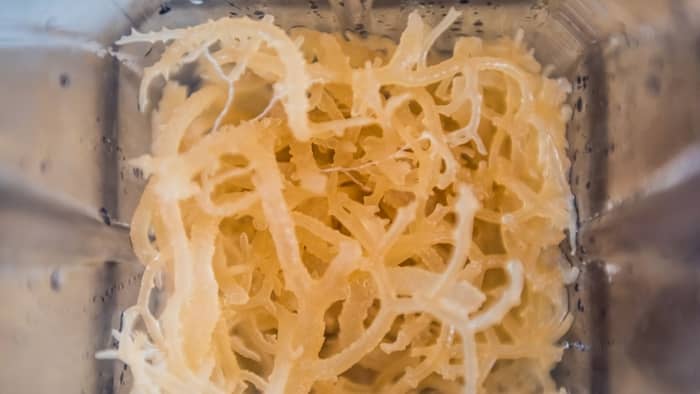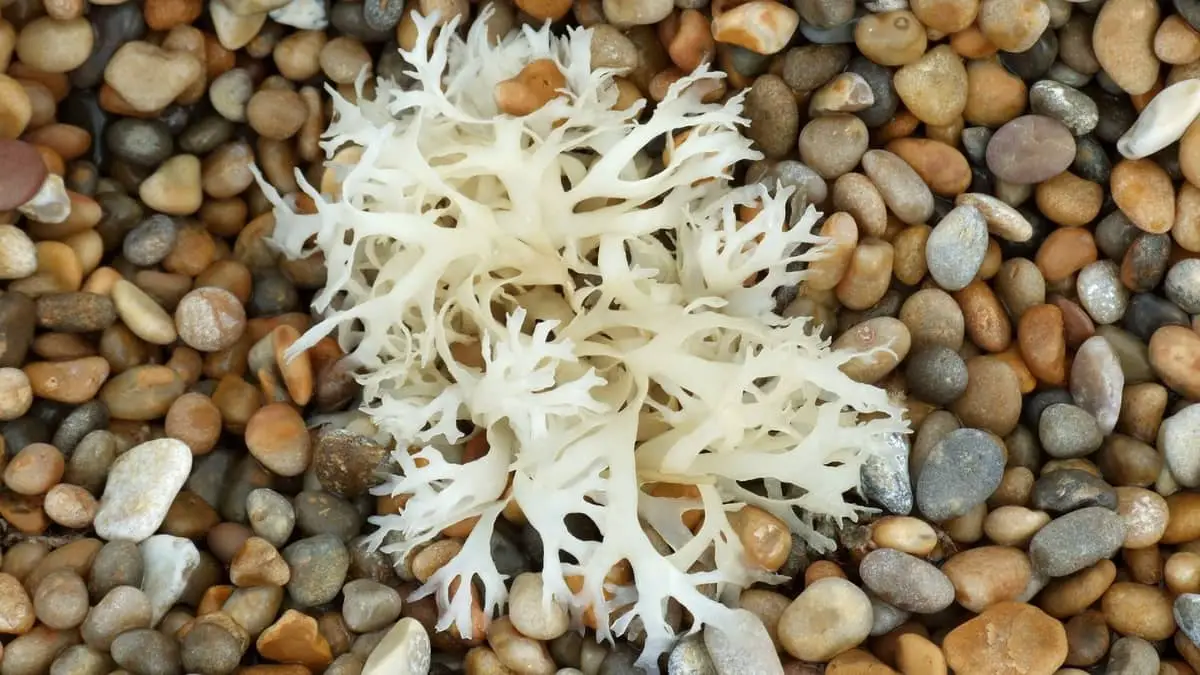So if you’re interested in growing sea moss, this article will show you how to grow sea moss in a better easier way.
Sea moss grows from the bottom of the ocean and has been around since the early years of our planet. It’s very important to know that sea moss can be found all over the world on the seabed. The best place to find it is at the edge of the ocean, but in shallow waters. It grows between the sand and the rocks and forms a thin layer of moss.
If you are interested in growing your own sea moss, it’s important that you know what kind of sea moss you want. You can grow two kinds of sea moss, either red or white.
- Red sea moss is a kind of sea moss that grows all over the world. It’s found mostly in the Atlantic Ocean and the Pacific Ocean.
- White sea moss is only found in the Pacific Ocean. It has a lighter color than red sea moss. Sea moss can be found all over the world in different places.
- It’s important that you have a special container for growing sea moss.
If you don’t have one, we recommend getting an aquarium because it’s easier to grow sea moss in an aquarium than in other containers.

Contents
How To Grow Red Sea Moss
The first step is to make sure you have a good container. We recommend buying a big container and putting it in the bottom of your aquarium. The container should be big enough to put the moss on the bottom. You also want to make sure that the container is clean and free of any debris. This will ensure that you don’t damage the moss when transferring it into the tank.
Next, you need to pick out a good variety of red sea moss. There are many different types of red sea moss available, and each has its own advantages and disadvantages. We recommend using a specific type of red sea moss that grows in a certain area of the world, and we’ll tell you what this is later on. Once you’ve picked the right type of red sea moss, you need to clean it thoroughly. First, remove the moss from its container by taking it out of the bag and carefully cutting it apart.
Next, wash the moss with fresh water until all the dirt and debris are removed. After you’re finished cleaning the moss, place it in a large container. You can either transfer it directly into your aquarium or put it in a larger container first. This will ensure that there are no loose pieces left in the moss.
Next, you need to add some substrate to the bottom of the container that you have just filled with red sea moss. A great type of substrate for this is coconut coir. The coir should be cut into small pieces and placed on top of the moss. Make sure to add enough substrate so that the moss doesn’t sit directly on the bottom of the container. Also, make sure not to place the moss in a container that is already full of substrate. If the container is too full, it could result in the moss floating up in the air instead of sitting on the bottom.
Finally, make sure to check your aquarium regularly. You’ll want to make sure that you don’t leave it for more than three days. If you do, you’ll need to remove the moss and start over again.
After you’ve added red sea moss to your aquarium, you need to wait for the moss to grow. Depending on how much moss you’ve added, this can take anywhere from a few days to a few weeks. After the moss has grown, it’s time to transfer it into the aquarium.
To transfer the moss into the aquarium, first, add some fresh water into the container. Then, use a spoon or a spatula to carefully lift the moss out of the container. Make sure not to damage the moss as you’re transferring it.
Finally, place the moss in the tank, making sure to keep the top of the moss submerged in the water. The amount of time you need to wait before transferring the moss depends on how much moss you have. It’s best to wait until the moss starts to grow on top of the substrate. This will ensure that you don’t have to worry about damaging the moss when transferring it into the aquarium.
Once the moss has been transferred into the aquarium, you can start feeding it right away. The best way to feed red sea moss is to use a small amount of fish food, and make sure that you put it directly on top of the moss.
Final Remarks
If you are preparing to grow sea moss, it is best to follow this article and learn how to grow sea moss.
Sea moss grows quickly in the aquarium and is easy to maintain. It requires no special equipment. Sea moss is a very effective filter medium for your aquarium. Sea moss can be used to decorate the aquarium and add color to your tank. The growth of sea moss is a natural phenomenon that occurs in all marine environments.
Frequently Asked Questions
Can you grow sea moss?
Yes. Sea Moss grows in the ocean and can be found on the surface of the sea or at depths ranging from about 5 to 20 meters (15-65 feet). Sea moss is found in saltwater as well as fresh water.
Where does sea moss grow naturally?
Sea moss grows in warm, salty waters worldwide. It is found in the Caribbean, the Mediterranean, Japan, Australia, South Africa, the Indian Ocean, and the Gulf of Mexico. The best growing conditions for sea moss are: • Warm temperatures. Sea moss thrives in the 80s, but it will not grow in the 50s or below. • High salinity. Sea moss can tolerate a wide range of salinity, but most prefer to live in water that is between 1 and 6 per cent salinity. • High dissolved oxygen content.
Where does sea moss grow best?
Sea moss grows best in warm, clear, saline water where the temperature is from about 75°F to 85°F (24°C to 29°C). The water should be at least 1 per cent salinity. Sea moss grows best in clean water, with no visible debris, such as sand, shells, or other objects. What can sea moss eat? Sea moss feeds on planktonic organisms such as algae and microscopic plants called phytoplankton.
How do you propagate sea moss?
Sea moss propagates naturally. It will grow on rocks, shells, or other surfaces in the water. If you want to start your own supply of sea moss, use a piece of sea moss that is about 6 inches (15 cm) long and about ¼ inch (6 mm) thick. Cut this piece into several pieces, each about ½ inch (1 cm) thick. Make sure that each piece has at least one healthy, growing edge. Put these pieces in a bucket with enough water to cover them. Place the bucket on a sunny windowsill. Sea moss will grow in this warm environment. After a few weeks, you will have an abundant supply of sea moss.
A garden is a place that relaxes us and reflects our personal style, it’s a place to spend time with loved ones and grow our own fruits and vegetables. Maybe you’re looking for design inspiration or plant selection, or you’re concerned about garden privacy, shady areas, or pests, but don’t worry, you’ve come to the right place.

